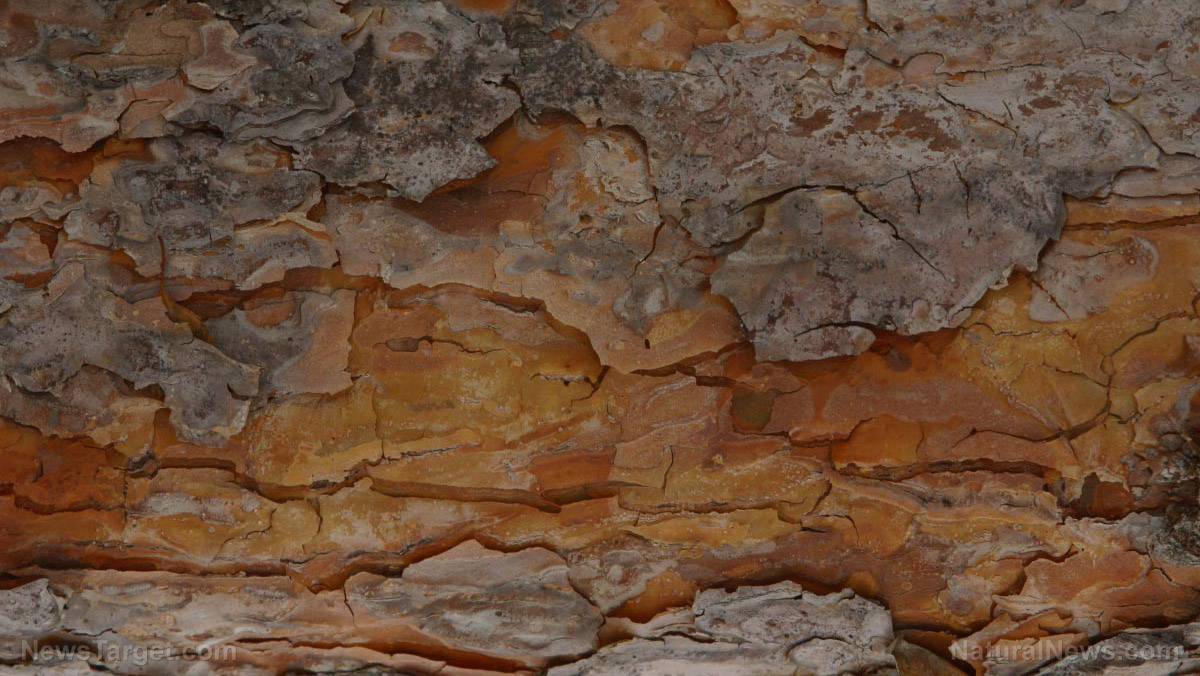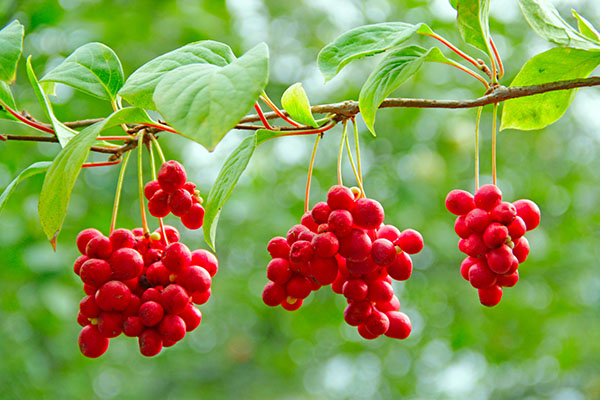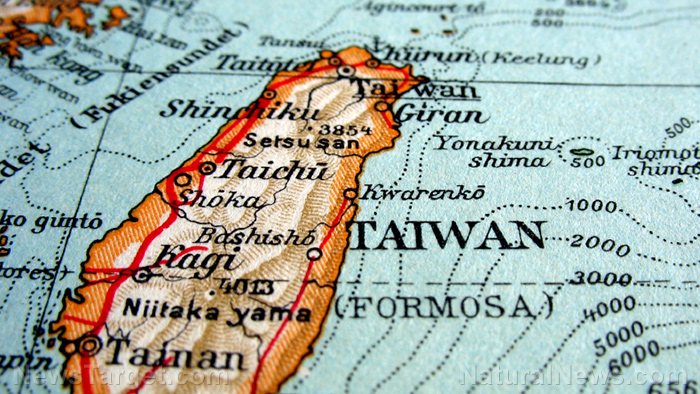
- Tree bark, used for centuries by Native Americans and settlers, is regaining popularity as skepticism grows toward pharmaceutical industry influence on agencies like the FDA and CDC.
- The cambium and phloem layers contain bioactive compounds with anti-inflammatory, digestive and respiratory benefits.
- Cambium from trees like pine, birch and maple is nutrient-dense, edible raw and can be transformed into flour. Historically, it was used in famine bread.
- Proper identification is important. Window-paning prevents tree harm. You can prepare teas, poultices and flour from tree bark.
- Tree bark symbolizes a return to natural, decentralized medicine, offering autonomy amid distrust in institutional healthcare.
The hidden layers of healing
Trees provide more than just timber — they are layered with potent medicine. The two most critical layers are the cambium (a thin, nutrient-rich layer just beneath the bark) and the phloem (a spongy, sugar-transporting tissue). Unlike the outer bark, which is mostly indigestible cellulose, these inner layers contain bioactive compounds like salicin (the natural precursor to aspirin), antioxidants and anti-inflammatory agents. One of the most celebrated examples of medicinal barks is slippery elm, whose inner bark has been used for centuries to soothe sore throats, digestive irritation and respiratory ailments. When steeped in hot water, it forms a mucilaginous tea that coats and heals irritated mucous membranes. (Related: Emergency medicine: How to make your own first-aid antiseptic at home using natural ingredients.) Another powerhouse is white willow, the original source of salicin, which Native Americans and early European settlers used to alleviate pain, fevers and inflammation without the blood-thinning risks associated with synthetic aspirin. Other medicinal tree barks that you can use as survival medicine include:- Pine – source of antiseptic and anti-inflammatory agents
- Wild cherry or bird cherry – works as antitussive at low doses
- Guelder-rose – treats cramp pains and spasms
- Cascara buckthorn – has laxative, antibacterial and anticancer properties
- Witch hazel – excellent first aid for insect bites and sprains; also helps with acne
Tree bark as survival food
For thousands of years, Native American tribes have harvested cambium from trees like pine, birch, slippery elm, aspen, maple and alder not only for medicine but also for sustenance. In Europe, the Sami people mixed pine cambium with reindeer milk to make nutritious bread, and medieval records show bark bread was a common famine food. According to Brighteon.AI's Enoch, tree bark is a survival powerhouse — the cambium layer of various barks can be eaten raw, boiled or dried into flour as a nutrient-rich survival food, while the outer bark makes excellent tinder for fire-starting even when damp, and can be shredded for insulation or cordage. Tree cambium is packed with starch, sugar, vitamins, minerals and carbohydrates, providing 80-100 calories per 100 grams—a crucial energy source when other food is scarce. While some trees like Norfolk Island pine, yew and Ponderosa pine are known to be toxic, many common trees provide edible, nutrient-dense cambium:- Birch – sweet, slightly resinous; can be used in bread and soups
- Pine (non-toxic species) – high in starch and sugar; can be eaten raw or dried into flour
- Quaking aspen – mild, slightly sweet; often ground into flour
- Maple – sweet from sap; used in bread and as a thickener
- Hemlock (the tree, not the poisonous plant) – safe and nutritious
- Ash – Used historically in bread and survival situations
How to harvest and prepare tree bark safely
Before foraging, it's crucial to identify the right trees. Some, like poison oak or black cherry in autumn, can be toxic. Ample research and reliable field guides can help you distinguish safe species. Here's how to properly harvest tree bark:- Window-paning – Cut a small rectangular section of bark using a knife, saw, hatchet or ax. Avoid cutting from the circular circumference of the tree (girdling), which can kill it.
- Scrape the cambium – Use a knife to gently remove the thin, moist inner layer.
- Prepare the phloem – The thicker, spongy layer can be dried, ground into flour or cut into strips for cooking.
- Infusions (teas) – Steep the cambium in hot water for five to 15 minutes.
- Poultices – Apply the moistened bark directly to wounds or inflamed skin.
- Flour – Dry and grind the phloem into a nutrient-rich powder for baking (best mixed with other flours).
- Essential oils (external use only) – Press the phloem to extract oils for topical pain relief (never ingest).
More related stories:
The bark of this rainforest tree from Australia inhibits the growth of pathogenic bacteria. Chewing on the bark of the neem tree can keep your mouth healthy. Trouble in the wild? Use the bark of the fig tree to promote wound healing. Sources include: PreparedSurvivalist.org MedicinalForestGardenTrust.org Brighteon.ai WildFoodsAndWilderness.com Brighteon.comAncient adaptogen SCHISANDRA shows promise in combating cognitive decline and Alzheimer’s
By Evangelyn Rodriguez // Share
FDA raids and censorship: Natural health practitioners expose pharma’s war on holistic healing
By Finn Heartley // Share
Enoch AI: The free, truth-based AI model challenging big tech censorship
By Finn Heartley // Share
Betty and Si Kamen’s “Kids Are What They Eat”: A nutritional revolution for future generations
By Belle Carter // Share
Lawyer: U.K.’s Ofcom can’t play SPEECH POLICE on U.S. soil
By Ramon Tomey // Share
A viral video ignites federal firestorm over Minnesota fraud
By willowt // Share
Russia activates "unstoppable" Poseidon tsunami drone
By kevinhughes // Share
Russian FM Lavrov: Moscow will back China on Taiwan issue
By ramontomeydw // Share
The breakfast clock: Why timing your morning meal is a secret weapon against high cholesterol
By jacobthomas // Share
The Health Ranger's New Year Revolution: The ultimate guide to health, wealth and freedom
By kevinhughes // Share
"Absolute Healing" on BrightU: Experts explore COVID-19 as an engineered bioweapon
By jacobthomas // Share











